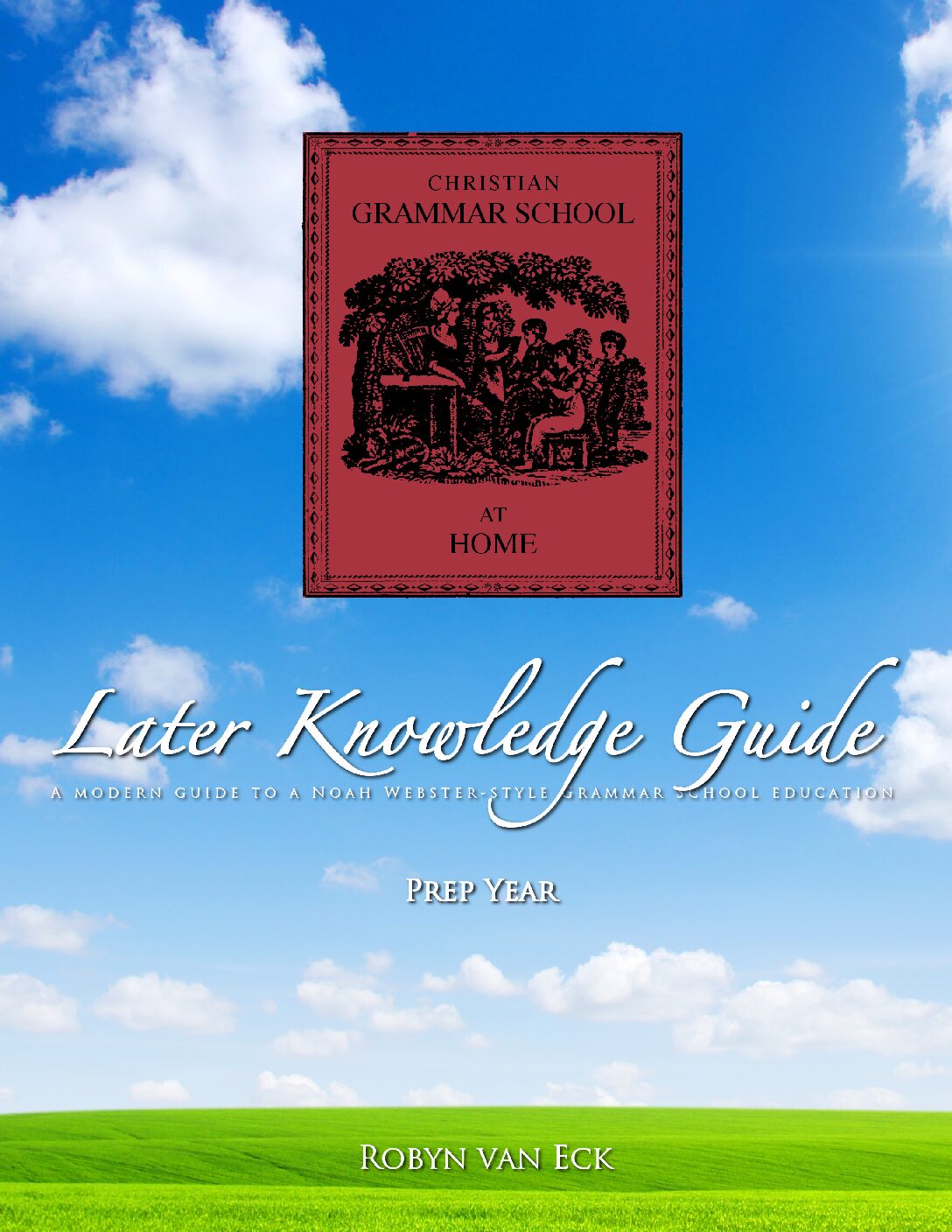Photo by Chris Lawton on Unsplash
Continued from Part 2…
So what is the truth about learning disabilities?
Learning disabilities exist today.
Except that these problems shouldn’t be called “learning disabilities”. There is nothing wrong with these children; they do not have a disability. They were taught using methods that were intentionally devised to frustrate and confuse them.
It’s as if we invited children to join a track team, and then explained to them that the way to run track was to begin by tying the shoelaces of our two shoes together, and then told them to start running.
Some children would figure out how to run with their two shoes tied together. Sort of.
Some children would be hopelessly frustrated.
But the problem would not be that these children have “running disabilities”. The problem is that we’ve lied to them about how they are supposed to run.
Abolishing phonics
There are a few languages in the world that are picture-based, such as Chinese. These systems are very difficult to learn and keep literacy hidden away from many people.
But for most of the world (largely impacted by Christian mission work over the past 2,000 years), written languages are sound-based, or phonetic.
What that means is that with—say for example, English—there are 26 letters, and each of those letters represents a sound. A child or an adult has only to learn the sounds that those 26 letters make, and then entire world of reading and literacy is opened to him.
Gird up your loins for this next part; it’s hard to believe. During the Progressive Era, the new system of language learning crafted by John Dewey and his disciples—in order to destroy literacy and independent thinking—abolished phonics.
And this has had such catastrophic result for the literacy of Americans. One generation after another has discovered that the teaching of reading is largely “failing” (using the word “failing” assumes that the goal is to make children literate, so it kind of depends on your point of view, whether the teaching of reading is failing, or not!)…
But when one generation discovers that the teaching of reading is “failing”, there is an outcry, and the education establishment announces that they’ve discovered a better, improved approach to literacy. But actually, they keep using the same Dewey-progressive approach, and just change the name to hide it from an outraged public! So this method goes by a lot of different names, such as:
- whole language
- whole words
- sight words
- sight vocabulary
- high frequency words
- phonics
Yes, today they’ll even use the phonics name for their sight words methods, because so many parents have figured out that their children need phonics to become strong readers—so they’ll explain that phonics really requires some sight words to be mixed in, and teach a half-breed method, calling it phonics. (So be careful which “phonics” method you choose; the label is usually not true. I use Alpha-Phonics, if you’re looking for a suggestion.)
Words as pictures
Here’s how their method works: They give the children simple books with very cute pictures that they will love to look at, and lots of repetition of a few words. The children learn to see the picture of the cat, and say, “cat”. The teachers teach them to look at the shape of the word “cat”, and to learn that that entire shape (3 letters) is the word “cat”. Most parents do the same thing with all of those “wonderful” books written for their preschoolers; they point to the word “cat”, and read it to the child, “Cat.”
The method is for the child to learn to recognize the whole word. Not the letters, one at a time. The child is taught with the picture, and the word with the picture, that that whole word is “cat”. Once he recognizes the shape of the whole word as “cat”, he is congratulated as having read the word “cat”.
This is not reading.
Instead of learning 26 letters and their sounds, the child is expected to memorize thousands upon thousands of whole words, as if they were pictograms in Chinese.
Because the children are taught to look at whole words, the children do not learn to read one letter at a time, from left to right. Hence, they don’t understand how to look at the letters in the correct order. They are looking at all of the letters at once, trying to make sense of them. But they don’t know how to make sense of them. Because the sense comes from reading one letter at a time, from left to right. They have been trained to look at all of the letters at once, not one at a time.
Also known as dyslexia.
Remember Why Johnny Can’t Read? Blumenfeld and Newman pull some quotes from the 1955 eye-opener, laying bare the Dewey-progressive reading program:
It’s a foolproof system all right. Every grade-school teacher in the country has to go to a teacher’s college or school of education; every teachers’ college gives at least one course on how to teach reading; every course on how to teach reading is based on a textbook; every one of those textbooks is written by one of the high priests of the [whole] word method. In the old days it was impossible to keep a good teacher from following her own common sense and practical knowledge; today the phonetic system of teaching reading is kept out of our schools as effectively as if we had a dictatorship with an all-powerful Ministry of Education. …
The teaching of reading—all over the United States, in all the schools, in all the textbooks—is totally wrong and flies in the face of all logic and common sense.
Achieving literacy, in a nutshell
So what is the answer? How can we help our children who are struggling with learning how to read?
The solution is simple: As the Bible says, Go back to the old ways.
Teach your child (or adult who cannot read) the alphabet. Then, teach him the sounds the letters make. Then, teach him how to read the sounds, one at a time, from left to right. Very slowly.
For those who are “behind”, labeled with a “learning disability”, or unable to read, begin by pointing out what was false. Tell them the truth—that they do not have a disability, and that they’ve just been hampered by being taught with methods that intellectually handcuffed them. Show them the right way to run. Watch them take off.
Yes, it really is that simple.
Remember again, that the Reformers and their descendants taught every child to read, barring those with an actual physical disability like a brain injury or mental disability (autism, for example). Our American forefathers didn’t teach an entire nation to have high literacy because they were all some special geniuses, but because it really is very simple to teach high literacy. The key is to teach the children the letters and the sounds that they make.
After that, Gatto aptly sums up what comes next:
Close reading of tough-minded writing is still the best, cheapest, and quickest method known for learning to think for yourself. This invitation to commoners extended by America was the most revolutionary pedagogy [teaching method] of all.
Note: The Bible is tough-minded writing. 🙂
As for more specifics…
Continued in Part 4…
Thanks for dropping by; please keep us in prayer!
Recommended Resources
-

Grammar of Grace
$89.00 – $148.00 Select options This product has multiple variants. The options may be chosen on the product page



